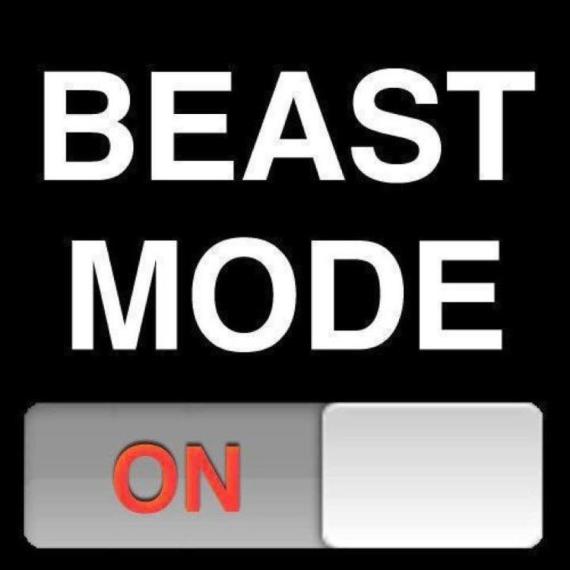

Moor Gang general Jarv Dee dropped his Satellites, Swishers and Spaceships long-player a couple weeks ago. You should grab a copy for yourself and learn just why, on paper anyway, the Moor Gang continues to run the deepest, most skilled collection of rappers in the Town.
SS&S is often predictably turnt, profane and violent — exactly the characteristics that Moor Gang’s detractors will evince as to why this clique’s music plays secondary to the “message” rap of other crews who better fall in line with Seattle’s quasi-Socialist aspirations. Whatever.
No other Moor Gang release to date has exhibited the type of smart, pointed, sub-textual critique of this city’s rap standards like SS&S. Jarv exposes the privileged truth-sayers — like the Seattle Weekly author who penned this bit of criticism on fellow Moor Gifted Gab’s album Girl Rap — as writing from the inside of a pristine vacuum, blissfully unaware of potentially troubling outside empirical evidence.
The actual truth plays much more dirty and in different ways: there’s the luxurious, fully objective version which lubricates debates about the looting in Baltimore and Ferguson only to result in heaved gobs of responsibility politics getting splattered about; and there’s the even more insidious, damaging version which Jarv points to on tracks like “Mind of the Masses” and its accompanying interlude, “Fox Urban.” Jarv echoes similar concerns as the Moor Gang’s lofty-perched critics over what gets rapped about — drugs, violence, misogyny (the fundamental “Re-thug-lican” rap tropes as they’re hilariously coined here) — but from a position of greater authority than those uninvolved in actually creating — and, sometimes, living — the art. Jarv’s practice of hip-hop fuels his very livelihood, and so does the demand of accountability fuel the critics’. If the rapper is taking the time to question his motivation, shouldn’t outside observers be doing the same?
Satellites, Swishers and Spaceships is conspiratorial and paranoid because to remain otherwise means giving in to the “Mind of the Masses.” It’s a tug-of-war for which we all have a losing record, Jarv included. “Re-thug-lican” rap keeps bitches and guns around because there’s often nothing better to replace them with. Sure it’s the creature eating its own tail but, hey, at least there’s food.








